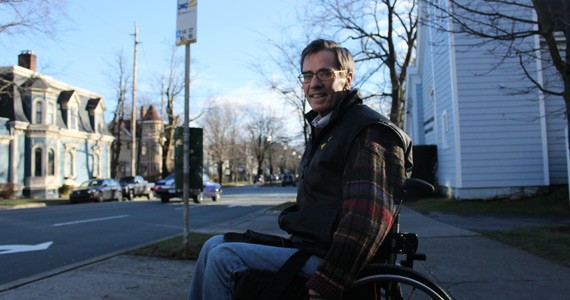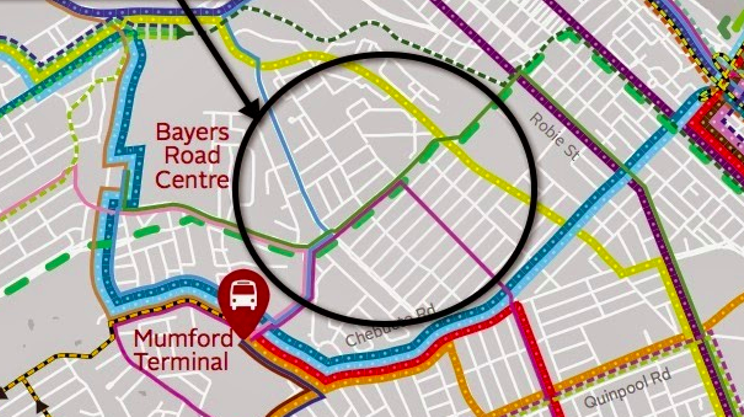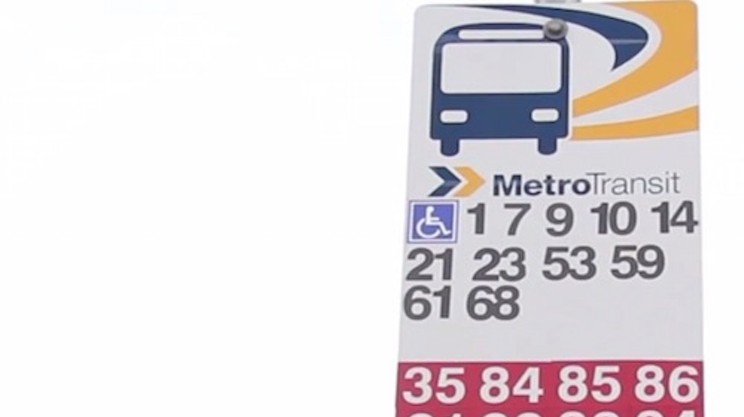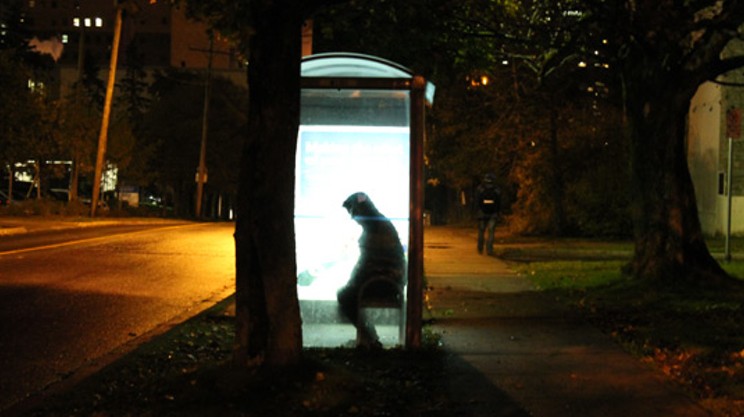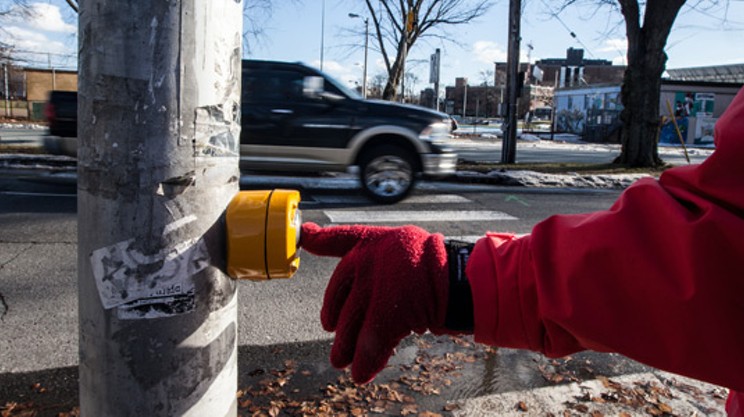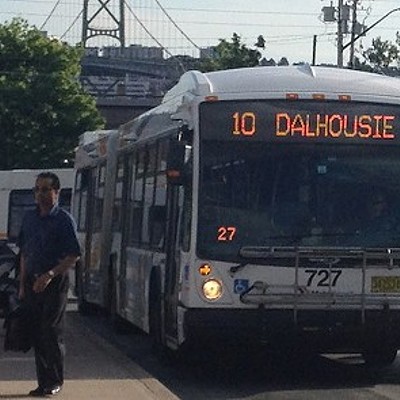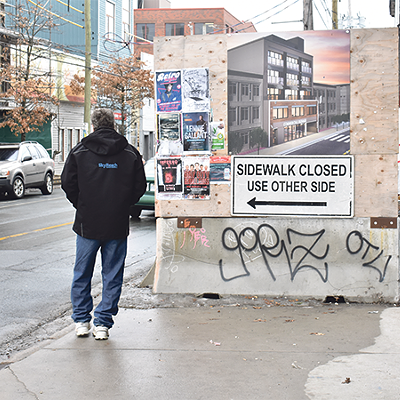On a blistering winter evening at the Halifax Shopping Centre, wheelchair user Gerry Post makes his way to a bus stop. It is snowing at 9pm during the Christmas bustle of shoppers—Post just wants to get home.
When the bus arrives, all able-bodied passengers pile in. But the driver says he cannot let Post on. There’s no wheelchair accessibility symbol at this stop because the sidewalk is too wide for the ramp to be lowered. He has to wheel himself down the hill to the next stop in order to be picked up.
“It’s on a slope. There’s ice and there’s snow,” recalls Post. “No one is thinking!”
Post is an accessibility activist within the Halifax community. He is trained in urban planning and was working internationally until he attained his disability two years ago. Post’s experience with Halifax Transit is not unique. Although there have been efforts made to make the service accessible, there are still many flaws within the system.
Not all buses and bus stops in the HRM are wheelchair accessible. The stops are not announced, and so blind individuals do not know when to get off. At times, bus stops are not shovelled for days on end.
Currently, the city offers the Access-a-Bus. a door-to-door service intended for persons who are unable to use the conventional transit system due to physical or cognitive disabilities. Riders have to be deemed eligible through a registration process.
In theory Access-a-Bus sounds reasonable, but in practice it’s not the best option. Access-a-Bus needs to be booked at least 24 hours in advance, but Post says in order to guarantee a ride he must book a week before his trip. The service itself is also very expensive, with operational costs for the city working out to $32.80 a ride.
“What they need to look at is a whole different business model, of how to maintain the system with the demands that are expected with the aging population,” says Post. “And I think a lot of people who are using Access-a-Bus could be using the conventional service.”
Councillor Jennifer Watts agrees that steering away from Access-a-Bus would be ideal. Watts sits on the Accessible Transit Advisory Committee, which is made up of elected representatives who use the Access-a-Bus themselves. Throughout the past two years, the committee has worked on a plan to make the conventional system more accessible.
“It makes the most sense: you get more places, you don’t have to book it, it works better, you have way more choice, and overall it’s less expensive for the municipality,” says Watts.
Currently, there are 312 buses in the conventional fleet, 273 of which are wheelchair accessible. By the end of the 2015 fiscal year, Watts says that 100 percent of the fleet will have the low-floor mechanism to assist people with a mobility issue more efficiently.
Watts says the committee has also approved planning to implement automated bus stop annunciation to assist visually impaired transit users.
“Within the past two years we’ve seen a real heightening of awareness with these issues. And I think what we’re trying to do, to be honest, is to get organized. We’ve made some investments, and we’ve got a general idea and sense of direction, but we don’t have an overall coordination within HRM around accessibility,” says Watts.
Post suggests accessibility is today where issues of environment were 30 years ago. There has been some good talk, but not enough action yet.

